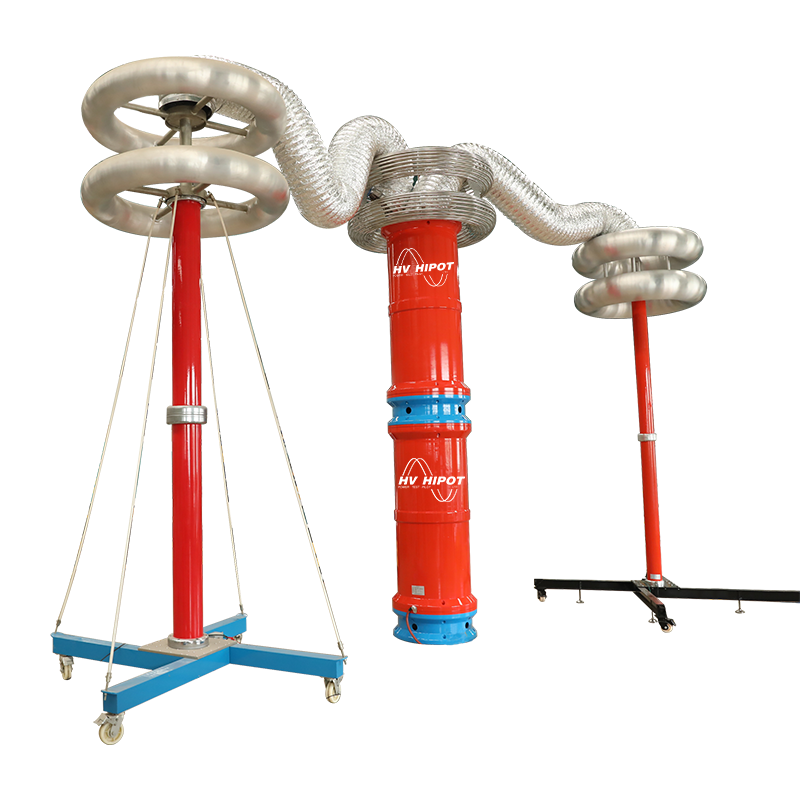In theory, R has no role in resonance. The resonant frequency depends on the values of inductance and capacitance. In practice, however, smaller ESRs and DCRS need to be considered for proper resonance.
What exactly is resonance? It is the stage where the reactance of the inductor is equal to the reactance of the capacitor. However, the signs of the two are reversed, so the net impedance is zero.
Does that mean it appears as a short circuit? The answer is yes and no. Since they are passive components, they have sine waves or some alternate form of current. However, the current in the inductor is the opposite of the current in the capacitor. Therefore, the net impedance may be zero, that is, the input current of the branch and the output current of the branch are equal. However, if you consider a point between these components in a branch, they may not be zero. They are alternating, that is, they oscillate between the positive and negative of zero crossing.

GDTF series transformer substation frequency conversion series resonance test equipment
Many resonant converters have been designed using this principle. As a student of power electronics, I will explain the branch view. Power electronic converters and inverters use a large number of switches. These switches have considerable switching losses, which reduces the efficiency of the system. The main cause of switch losses is that the voltage and current at both ends of them are not completely zero during opening and closing.
Using the principle explained above, we can say that in some cases the voltage or current is completely zero between the two. The switch is connected to this and the converter starts working. Switching is done when the current is completely zero, so there is no switching loss. Reducing switching losses can increase efficiency by 1-5%, which is very valuable.
Post time: Aug-14-2023
